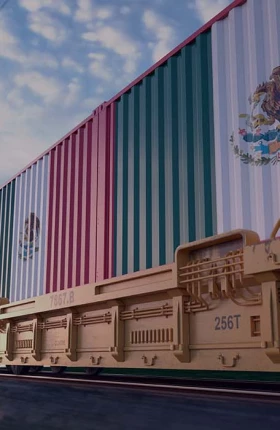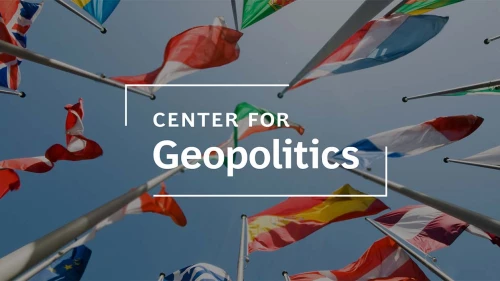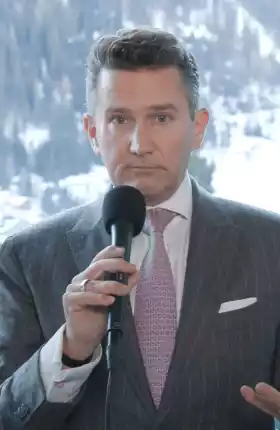How BCG Helps Companies Adapt to the New Normal of Trade
Taking a “wait-and-see approach” will not lead to an advantaged position for firms and governments. We help clients identify and implement a clear set of proactive moves to mitigate risk and seize competitive advantage as the international trade environment evolves:
- Assess exposure. The first step for a company to take is a hard, analytic look at their manufacturing, supply, and distribution footprints to assess their exposure to changes in trade rules. Quantify the potential impact on revenues, costs, and production assets throughout the value chain.
- Understand dynamics. Abrupt trade policy changes can shift the entire competitive landscape in different ways for different companies. Determine the strategic implications of new trade rules for each product in specific markets, such as their price competitiveness and market access. Also assess the exposure of each competitor and its suppliers to understand the relative impact and identify potential opportunities.
- Identify potential levers. Develop a set of all potential actions that can be taken in response to trade policy changes under different scenarios in order to both mitigate risk and gain competitive advantage. Identify proactive as well as reactive actions, as well as triggers that indicate when to pull these levers.
- Build resilience. Identify no-regret moves that can be taken preemptively at little cost, such as prequalifying new suppliers, in order to create options and flexibility to move quickly in case of a sudden change in international trade rules.
- Create a playbook. Develop a set of actions to be taken under different scenarios, and make sure leadership is aligned on which moves to make in certain circumstances.
- Shape policy. While there is still time, seek to influence policy while it is being made in order to create a competitive advantage.
The Trends Transforming International Trade Policy
To stay ahead, it is important to understand the megatrends that are transforming international trade. The following changes are not just driving headlines in the business press—they are affecting real companies in a very significant way:
- Nationalism. Economic nationalism is rising. Anti-globalization movements on both the left and right of the political spectrum have fueled Brexit, trade wars, and renegotiation or withdrawal of multilateral agreements such as NAFTA and the Trans-Pacific Partnership.
- Capitalism. State capitalism is expanding. The global footprint of state-owned enterprises, especially from China, is growing, even though they remain protected in their home markets.
- Supply Chains. Supply chains are becoming more local. Decreasing “labor arbitrage” driven by automation and increasingly flexible Industry 4.0 advanced manufacturing systems are making it more economical and practical to produce goods closer to customers, while diminishing the need for long-distance global supply chains.
- Digital Economy. The digital economy is supplanting the physical economy. While growth in cross-border merchandise trade slows, international, trade in services and value-added solutions via digital platforms is expanding.
One medical equipment maker was relieved at first when South Korea had negotiated an exemption from 25% US tariffs on steel; it was using specialty Korean steel in one of its devices. That all changed when significant supply-chain disruption set in and the firm realized that its supplier did not receive a quota allocation, and that it could not import this essential component at any price until the next quota allocation was granted three months later.
Also, a prominent Turkish white goods player was able to seize a significant market opportunity in the US when a large Chinese player was hit with US Tariffs on China.
Some may still argue that these examples are the results of specific political leaders in specific countries, and that once those leaders are gone, these sorts of problems will disappear. However, while the current political tensions around trade in many parts of the world may evolve, the four megatrends mentioned above will ensure that the international trading system will not return to the broad trend of trade liberalization and economic globalization that the world saw in the 1990s and 2000s.
Our Latest Thinking on International Trade




国際貿易 エキスパート











